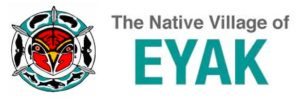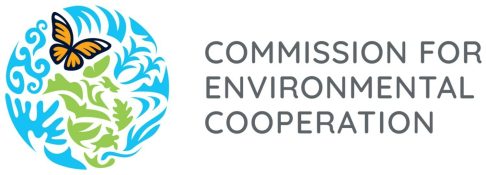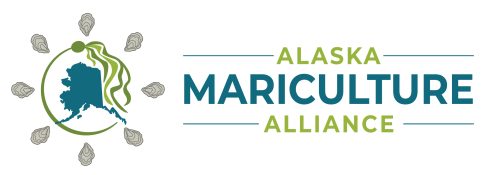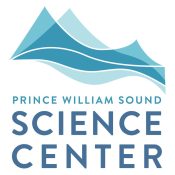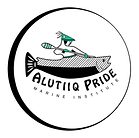lahdz
Mariculture Research
HAVE QUESTIONS? CALL OR EMAIL US
DOCUMENTS & Quick Links
- How do we grow kelp?
- Prince William Sound Mariculture Map (Coming soon)
- Sustainable Ecosystems and Resilient Economies through Mariculture (SEREM)
Ashdih
What is mariculture?
Mariculture is the practice of growing aquatic plants and animals in the ocean. In the Prince William Sound, this includes oysters and seaweeds like sugar and ribbon kelp. Since time immemorial, seaweeds are used for food and medicine by the Alaska Natives that call Prince William Sound home. DENR’s research into this agricultural practice will contribute to the economic resilience of our tribe and region.
OUR GOAL:
Understand the ecological and economic impacts of kelp mariculture
duh means “kelp”
in dAXuhyuuga’
(the Eyak Language)
Cultural Uses of Kelp in the Traditional Boundaries of the Native Village of Eyak
Seaweeds, including brown kelp, were used as food, tools, and medicine in the region. Many traditional recipes still in use today include sugar kelp-wrapped salmon, bull kelp pickles, and ribbon kelp soup. Several species of kelp were used to treat a range of ailments including, headaches, bleeding disorders, and goiters. Before the modern incorporation of iodized table salt into everyday diets, iodine deficiencies were common. Resulting goiters characterized by swelling of the thyroid tissue that surrounds the throat were alleviated, or prevented altogether, by eating kelp. Kelp is a rich source of iodine among other vitamins and nutrients. However, too much iodine in the diet can also lead to thyroid issues.
Kelp still plays a key role in the cultural heritage of our tribe. Herring roe on kelp (left; bladderwrack/popweed) is collected every year by the Native Village of Eyak’s Customary & Traditional Harvesting Program for distribution to tribal members.
Habitat
- Temporary (kelp) and permanent (shellfish) refugia for marine organisms
- Stablizes shorelines and reduces erosion
- Water filtration and uptake of nutrients to combat eutrophication
climate change and ocean acidification
- Marine carbon dioxide removal
- Carbon sequestration and storage
product development
- Fertilizer
- Livestock Feed
- Bioplastics
How Do We Grow Kelp?

Step 1: Get Wild Kelp
Within 50 km of our research farm, we look for kelp that is ready to release its reproductive spores in the Fall. Once collected this reproductive tissue is sent to a lab where kelp "seedlings" are grown on long but thin spools of string.
Step 2: Plant the Farm
The seed string is planted onto a series of longlines along the shores of Prince William Sound. These farm arrays may look like football fields with lines spanning several hundred feet close to the surface or one long line with several hundred dropper lines growing kelp in deeper water.
Step 3: Let It Grow
Kelp farming requires no fertilizers, no insecticides, and no freshwater inputs. The waters of the Prince William Sound have everything kelp needs to flourish. Kelp grows throughout the winter and into the spring when the Alaskan sunlight returns. Sugar kelp (Saccharina latissima) can reach up to 10 ft (3.5 m) long. Harvesting by boat takes place in the late Spring.
Growing Kelp Vertically

The common farm designs used in Alaska involve a series of anchors and longlines more than 200ft long organized into a football field-sized array. These catenary arrays keep kelp close to the surface of the water to maximize sun exposure. But what if we could grow kelp deeper in the water?
NVE is researching new ways to cultivate kelp in our dynamic region. We partnered with the Faroe Islands based Ocean Rainforest to investigate how well their macroalgal cultivation rig (MACR) works here. If successful, the MACR is capable of growing ten times more kelp in the same amount of space as catenary arrays.
